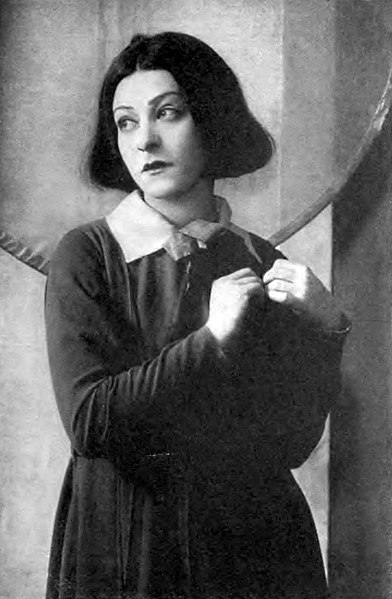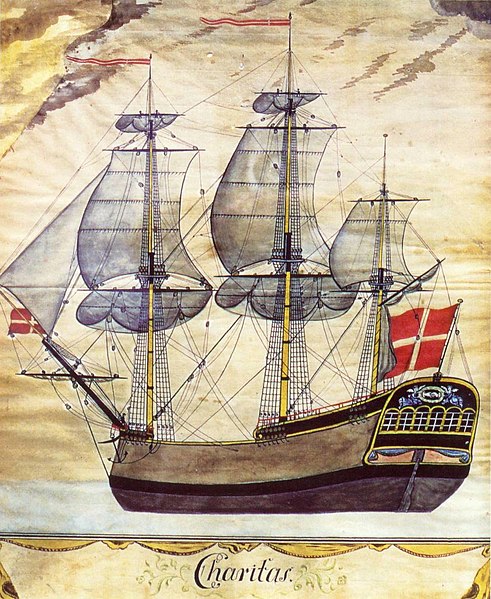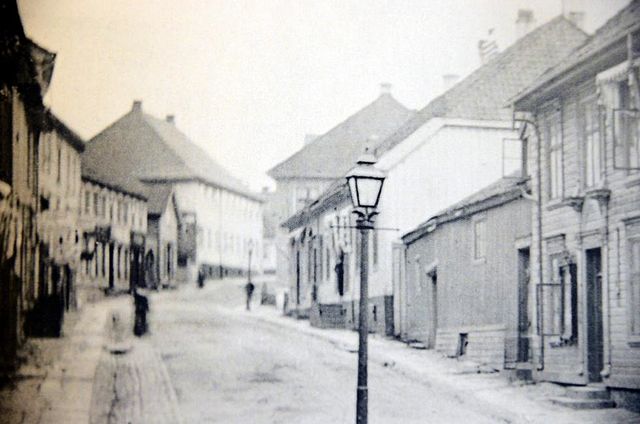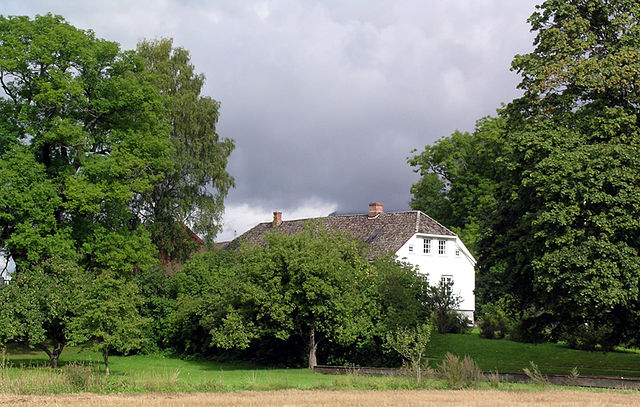The Wild Duck is an 1884 play by the Norwegian playwright Henrik Ibsen. It explores the complexities of truth and illusion through the story of a family torn apart by secrets and the intrusion of an idealistic outsider. It focuses on the Ekdal family, whose fragile peace is shattered by Gregers Werle, an idealist who insists on exposing hidden truths, leading to tragic consequences. The play was written in a realistic style, but literary scholars have pointed out the play's kinship with symbolism. It blends themes such as deception, betrayal, and the disillusionment of modern life with moments of comedy and satire, and is considered the first modern masterpiece in the genre of tragicomedy. The Wild Duck and Rosmersholm are "often to be observed in the critics' estimates vying with each other as rivals for the top place among Ibsen's works".
The Wild Duck, published by Gyldendal in 1884
Title page first edition, 1884
Count Christopher Paus (pictured around 1890) paid an extended visit to Ibsen in Rome in 1884, when Ibsen was working on The Wild Duck, an intimate play that draws inspiration from his own family. It was the only meeting between Ibsen and his family from Skien during Ibsen's years in exile. Ibsen had not been this close to his own family since he left his hometown over 30 years ago, and was eager to hear news from his family and hometown. Shortly after the visit Ibsen declared that he had overcome a
Alla Nazimova as Hedvig in the first English-language production of The Wild Duck (1918)
Henrik Johan Ibsen was a Norwegian playwright and theatre director. As one of the founders of modernism in theatre, Ibsen is often referred to as "the father of realism" and the most influential playwright of the 19th century, as well of one of the most influential playwrights in Western literature more generally. His major works include Brand, Peer Gynt, Emperor and Galilean, A Doll's House, Ghosts, An Enemy of the People, The Wild Duck, Rosmersholm, Hedda Gabler, The Master Builder, and When We Dead Awaken. Ibsen is the most frequently performed dramatist in the world after Shakespeare, and A Doll's House was the world's most performed play in 2006.
Portrait by Eilif Peterssen, 1895
Charitas, the ship captained by Henrik's grandfather of the same name when he died at sea outside Grimstad in 1797. The Dannebrog was the common flag of Denmark–Norway.
The roof and one of the windows of Altenburggården can be seen in the middle of the picture. Altenburggården was Marichen Altenburg's childhood home, and Henrik Ibsen lived there aged 3–8.
Venstøp outside Skien, originally the Ibsen family's summer house, where they lived permanently 1836–1843. It was a reasonably large farm with large, representative buildings.








